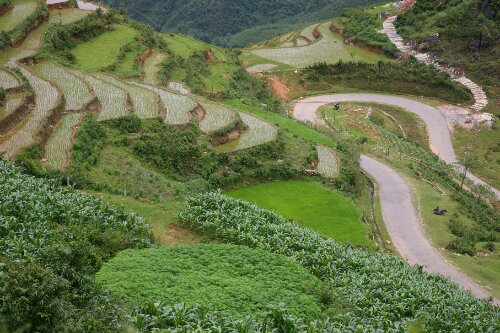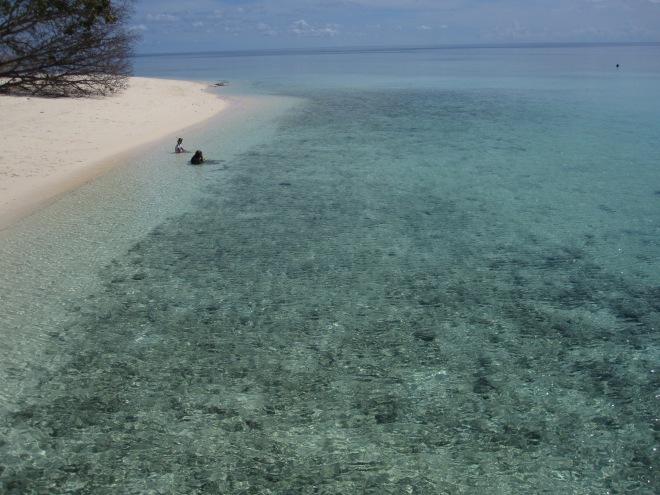
It is in the sleepy, ancient, rural regions within Spain’s Aragón that the sleeping giants of the Pyrenees wake up. Straddling the borders between two of Europe’s major nations, the permanence of the mountains combines with the historical significance of the medieval stone-built pueblos that are scattered throughout the areas more hospitable spots. Here, ancient man and ancient nature come together to produce a spectacle that is hard to equal.
Within driving distance of the modern, metropolitan beach-and-tapas lifestyle of the Catalan capital truly representative of much of Spain’s modern landscape, the weary and battle-hardened heart of 15th century Spain still beats gently but with a regular and typically Spanish rhythm. One half of the famous Reyes Católicos (Spanish Monarchs) – Fernando II of Aragón – was born in 1452 in the tiny village of ancient Ainsa, a stone fortress built on a ridgeline that for all intents and purposes feels like the dividing line between two entirely different worlds. In fact, Ainsa can be very easily traced back to the 700’s A.D. It is almost all too easy to envisage life almost 600 years ago – uneven stone walls meet uneven stone ground, Romanesque arches tower overhead as sturdy now as they were they day they were hand built, a stunning courtyard and church are found amongst pathways, roads were never envisaged to need to be wide enough to accommodate a vehicle. In fact, in truth, tiny Ainsa only has two streets. But what pretty streets they are…

Positioned at the top of one of the higher hills, the peal of the ancient church bell (which still rings, regularly and manually) can be heard for some distance. And distance is not something that Aragón feels short on, despite its relatively modest geographical claim. The Griffon Vultures that circle ceaselessly overhead occasionally vanish into pinhead dots on the clear blue sky, only to return in a gentle sweep back to cast their sizeable shadows across the cobbled square of the once significant village.
Despite the isolated and occasionally harsh climate surrounding little Ainsa, it soon becomes apparent on a short adventure beyond the ancient stones just how supportive of life Aragón is. Parque Nacional de Ordesa y Monte Perdido is a short distance away; a verdant, cascading valley of outstanding natural beauty. The deeper in to the valley you wind, the higher the towering walls become, the deeper and thicker the flora, the louder and stronger the waterfalls. Pushing past the point at which most tourists turn back, there are times when it sounds like one is surrounded by thunder as the water continues to relentlessly carve its way through the solid rocks of the valley. Being so isolated, you could quite easily hop amongst the stones dotting through the plunge pools without hindrance. The water is cold, but not glacial cold, and the valley unlike many is not barraged by constant winds. Combined with coming from, and returning to, an ancient human settlement the experience is akin to a true return to our roots, a time before constant connectivity and globalisation, a very simple but beautiful time of solid stone and bountiful nature. With Barcelona a three hour drive east, it is quite a staggering contract and attests to the often under-the-radar variety and life to be found within the disparate regions of continental Spain.
















